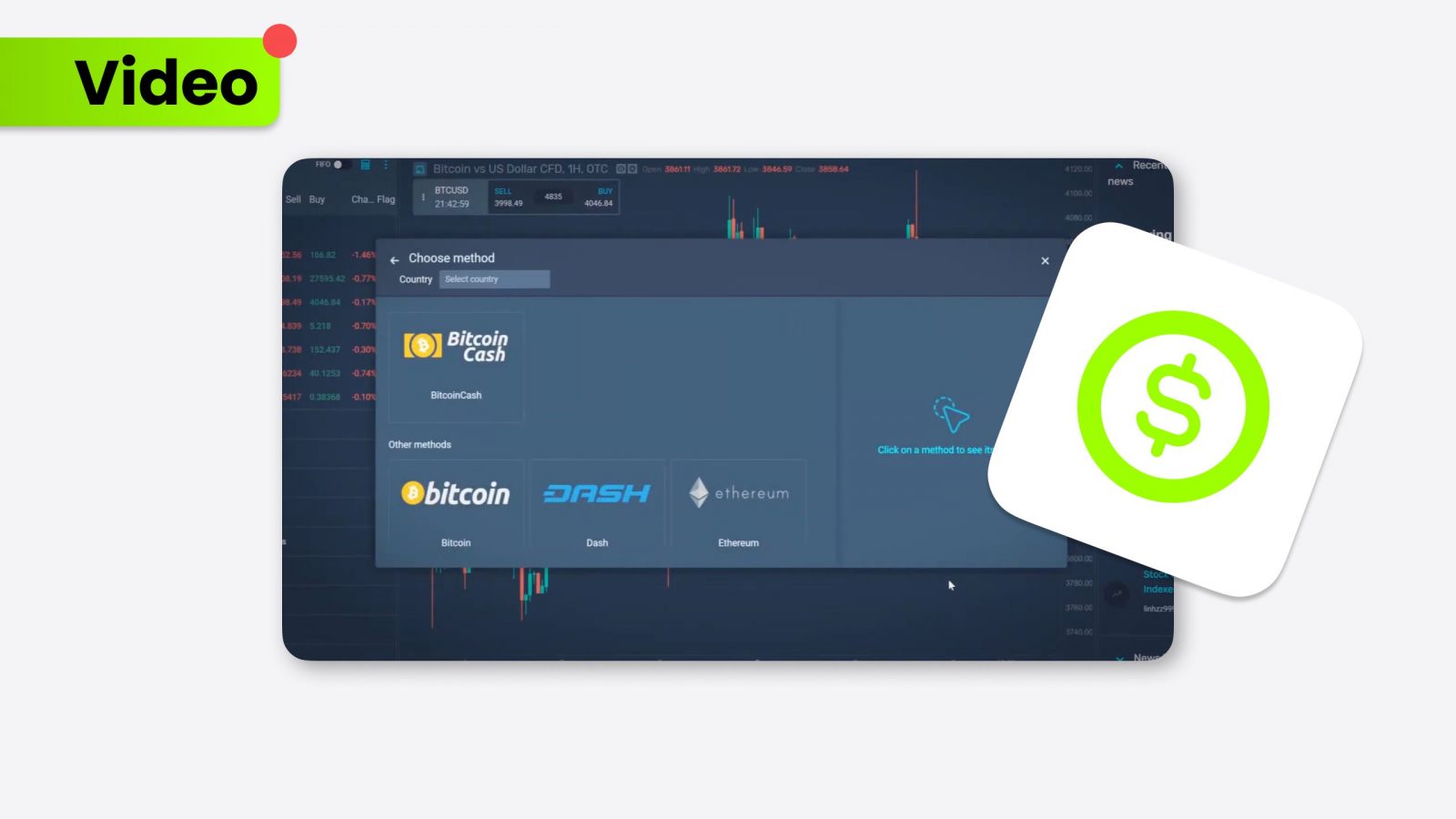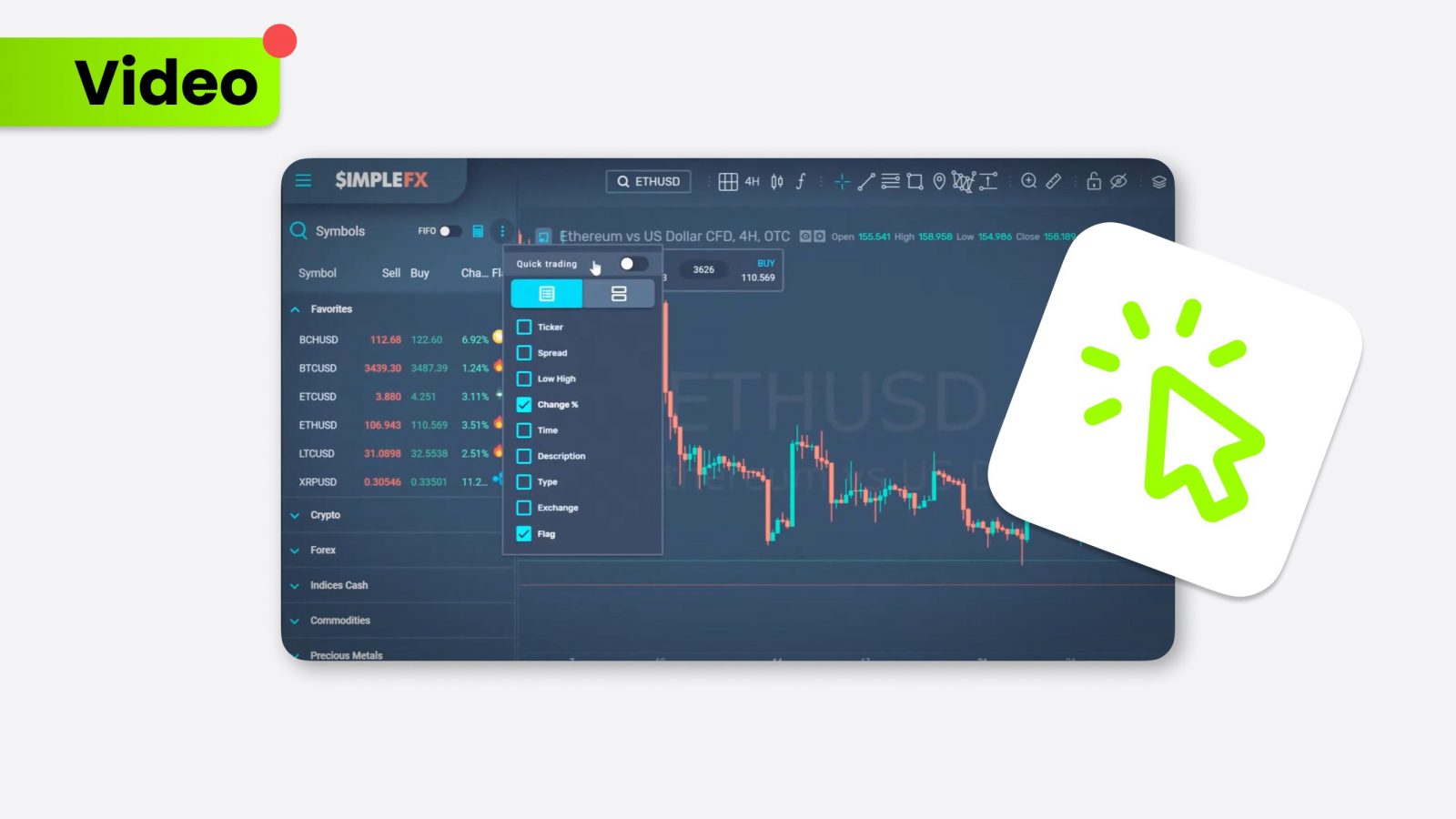Yield farming has emerged as a transformative force in cryptocurrency, particularly within the decentralized finance (DeFi) ecosystem. It enables cryptocurrency holders to leverage their holdings to earn passive income through sophisticated and often automated investment strategies.
- Discover how yield farming integrates with and enhances the DeFi ecosystem.
- Explore various strategies for maximizing returns through yield farming.
- Evaluate the risks and rewards associated with yield farming in a fluctuating market.
Yield farming: Crypto essentials
Yield farming in crypto involves engaging with DeFi platforms to earn rewards by staking or lending digital assets through mechanisms such as proof of stake. Participants use platforms primarily built on Ethereum, which supports a wide array of dApps and smart contracts, to automate the processes involved in yield farming.
These platforms enable users to stake crypto assets, including Ethereum, Bitcoin, and newer altcoins like Solana and Avalanche, utilizing the proof of stake method to earn rewards typically denominated in additional cryptocurrency tokens. This approach not only maximizes the utility of held assets but also contributes to the security and efficacy of the blockchain network.
Crypto yield farm
Crypto-yield farming strategies often require participants to lock their assets into a liquidity pool. These pools, foundational to decentralized exchanges (DEXs), allow users to earn returns derived from transaction fees generated by the trading activities within the pool. The sophisticated mechanisms of these smart contracts enable a seamless, secure, and efficient farming experience, which is crucial for maintaining high liquidity on blockchain networks.
Crypto yield farming
Expanding beyond stablecoins, crypto yield farming also encompasses various other cryptocurrency assets. Platforms like Fetch.ai and Filecoin offer novel opportunities for yield farmers by introducing unique utility and reward mechanisms that can enhance the profitability of yield farming strategies. These platforms often provide higher yield rates to attract liquidity to their nascent ecosystems, although they also carry a higher risk due to their lower market capitalization and higher volatility.
Stablecoin yield farming: Stability at first
Stablecoin yield farming represents a safer, more stable alternative to traditional yield farming that involves highly volatile cryptocurrencies. Participants can potentially reduce the market risk associated with typical crypto investments by leveraging stablecoins like USDC or DAI, tied to stable assets like the U.S. dollar.
Stablecoin yield farming enables investors to earn interest or rewards without the typical volatility in traditional cryptocurrency markets. This method offers a more predictable return, making it an attractive option for those looking to enter the DeFi space while minimizing potential downsides.
Conclusion
Yield farming represents a cutting-edge investment strategy in the blockchain space, characterized by its potential for high returns and its role in driving liquidity and innovation in DeFi. It is an essential aspect of modern crypto investing. It offers opportunities and challenges that require a nuanced understanding of the underlying technologies—like blockchain, smart contracts, and proof of stake mechanisms. As the cryptocurrency landscape continues to evolve, yield farming will likely remain a key driver of growth and innovation in DeFi, shaping the future of finance in ways that are currently only beginning to be understood.

















































